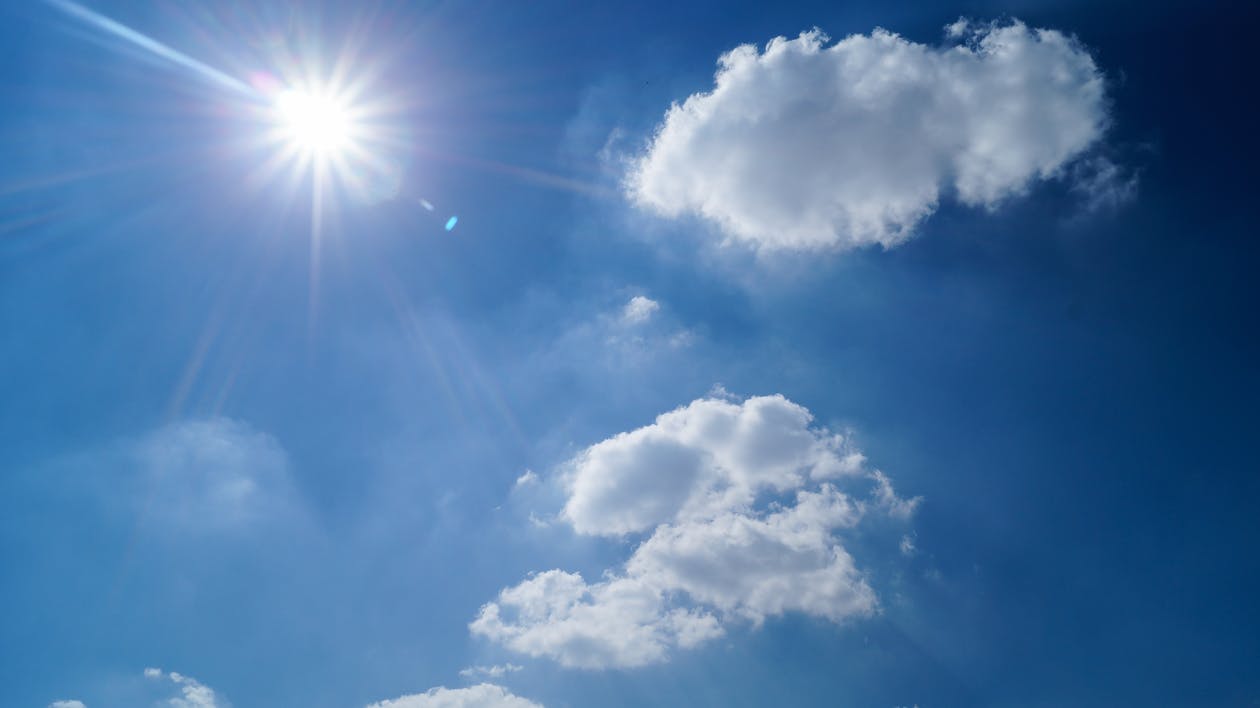Review Past Weather History to Plan Ahead for August 21
One of the most anticipated solar eclipses will be taking place this upcoming August 21. The United States will be looking to the sky to witness the first totality crossing the country’s Pacific coast and Atlantic coast since 1918.
Astronomers and Astrologists will be traveling from all over the world to pack in sections of the United States to witness the totality of the solar eclipse. (Totality is defined within Astronomy as: ‘the moment or duration of total obscuration of the sun or moon during an eclipse.’)
The key word in the definition is ‘obscuration.’
As many travelers plan their location to watch the solar eclipse, I found it extremely important to notify people on the past weather patterns in Carbondale, Illinois. As a Google Local Guide for the area, I want to give as many people as possible a heads up on the weather data for the area to help them plan their trip.
First, if there is any cloud coverage, people can still view the eclipse. The main problem with not seeing the solar eclipse will be the amount of precipitation nationwide. If there is heavy cloud coverage in one area of the country, spectators will need to relocate to view the event. That being said, the location of the cloud coverage will also connect with the time frame that the eclipse will take place.
On August 21 Carbondale, Illinois will start to see the eclipse begin at 11:52 a.m. The peak time will be at 1:21 p.m. and the conclusion will be at 2:47 p.m.
Weather Data
The weather history shows that on average from 1985-2015 the month of August in Carbondale, Illinois produced 0.7 inches of precipitation. A positive note on the precipitation is that August is the month that has the least amount of rain for Carbondale. On average, the area has 70% humidity during August.
The Old Farmers Almanac, which was founded in 1792, reported:
August 2017: temperature 72° (1° below avg.); precipitation 3″ (1″ below avg.); Aug 1-4: Sunny, cool; Aug 5-19: Scattered t-storms, warm; Aug 20-24: Sunny, warm; Aug 25-31: T-storms, then sunny, cool.
That being said, the August 21 is the official day for the solar eclipse. Watch the path that the sun is set to take during the day.




